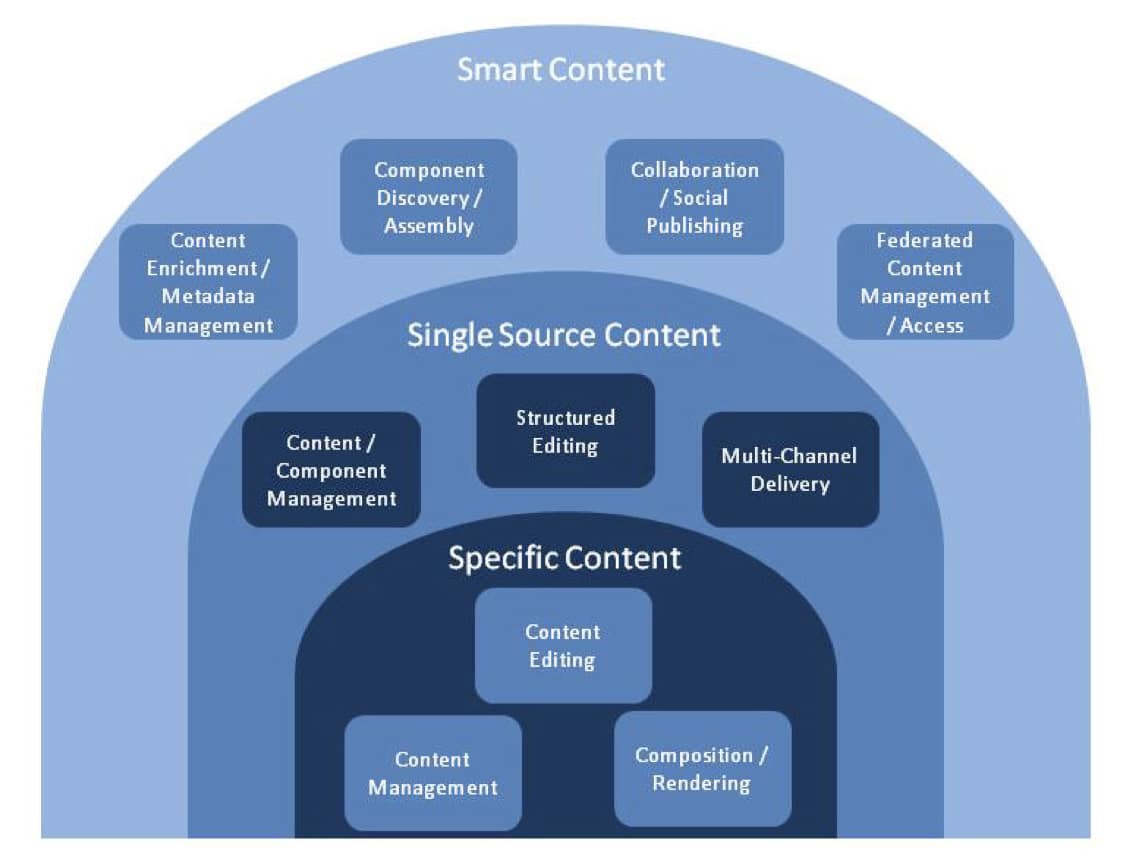Google Editions, now Google eBooks, has finally shown up, and as was widely anticipated, really will be an ebook game-changer. Technically speaking, Google eBooks is not revolutionary, but the promised transparency of ebook formats across a variety of reading environments (Sony and Barnes and Noble ereaders, desktops and notebooks, and various smartphone devices) is a comfort for both publishers and readers. There have been a number of other efforts—some, perhaps, more vapor than real—that promise much the same thing. Baker & Taylor’s Blio, for example, offers many similar benefits. PDF and ePub, too, claim a degree of trans-device applicability, and then there is the “apps” approach.
And now, again, there is Amazon. Right on the heels of Google’s announcement of Google eBooks, Amazon has followed the tried-and-true marketing playbook maneuver—also of value to yacht racing, I’m told—of taking the wind out of an opponent’s sails. By expanding Kindle for the Web, Amazon now “…enable[s] anyone with access to a web browser to buy and read full Kindle books—no download or installation required,” according to their December 7, 2010 press release. Amazon’s proprietary .AZW format, with its new, wider platform use, is combating the Google eBook promise of making ebooks easier to use “from the cloud.” Most likely, what Amazon is really trying to do is maintain its position relative to the marketplace’s desire to make ebook buying easier. Here’s Amazon’s positioning, from the aforementioned press release, on the matter:
“Kindle for the Web makes it possible for bookstores, authors, retailers, bloggers or other website owners to offer Kindle books on their websites and earn affiliate fees for doing so,” said Russ Grandinetti, Vice President, Kindle Content. “Anyone with access to a web browser can discover the seamless and consistent experience that comes with Kindle books. Kindle books can be read on the $139 third-generation Kindle device with new high-contrast Pearl e-Ink, on iPads, iPod touches, iPhones, Macs, PCs, BlackBerrys and Android-based devices. And now, anywhere you have a web browser. Your reading library, last page read, bookmarks, notes, and highlights are always available to you no matter where you bought your Kindle books or how you choose to read them.”
You could easily swap out Google for Amazon, plus one or two particular details, and be reading t from the Google press release from the day before. Google’s challenge will be to make buying ebooks as easy as Amazon, and neither the history of Google’s clunky interfaces generally, nor the first iteration of Google eBooks’ own web site specifically, convinces me that this will be a slam-dunk for Google.
Still, it is easy to see why publishers are happy with Google’s entry into ebooks, since it helps further shift selling options for ebooks away from the Amazon-centric model. As much as ebooks—especially for trade publishers—has happened in large part because Amazon got out in front and put real money up to make the market happen, more sales options, and less format-specific constraits for readers will help everyone.
You can rest assured that book publishers will continue to struggle to get ebook formats right for some time to come, despite the generous hype in these recent announcement. Kindle format limitations will still force publishers to balance quality and production costs, and ePub—heading for its 3.0 version sometime—will still hang up on the different features represented within different ereader devices capabilities.
That is just one reason why Outsell’s Gilbane Group’s Publishing Practice is developing a second study, following on the heels of A Blueprint for Book Publishing Transformation: Seven Essential Systems to Re-Invent Publishing. Ebooks, Apps, and Formats: The Practical Issues will looks at the topic of content format, because this remains a central concern for book publishers pursuing digital publishing programs, and involves a wide-ranging set of issues from editorial and production to distribution and ecommerce.
With Google eBooks and Amazon’s for the Web, ebook formats and their marketplace continue to evolve. It sure ain’t “push-button” yet, however.
Stay tuned. Drop a note.






